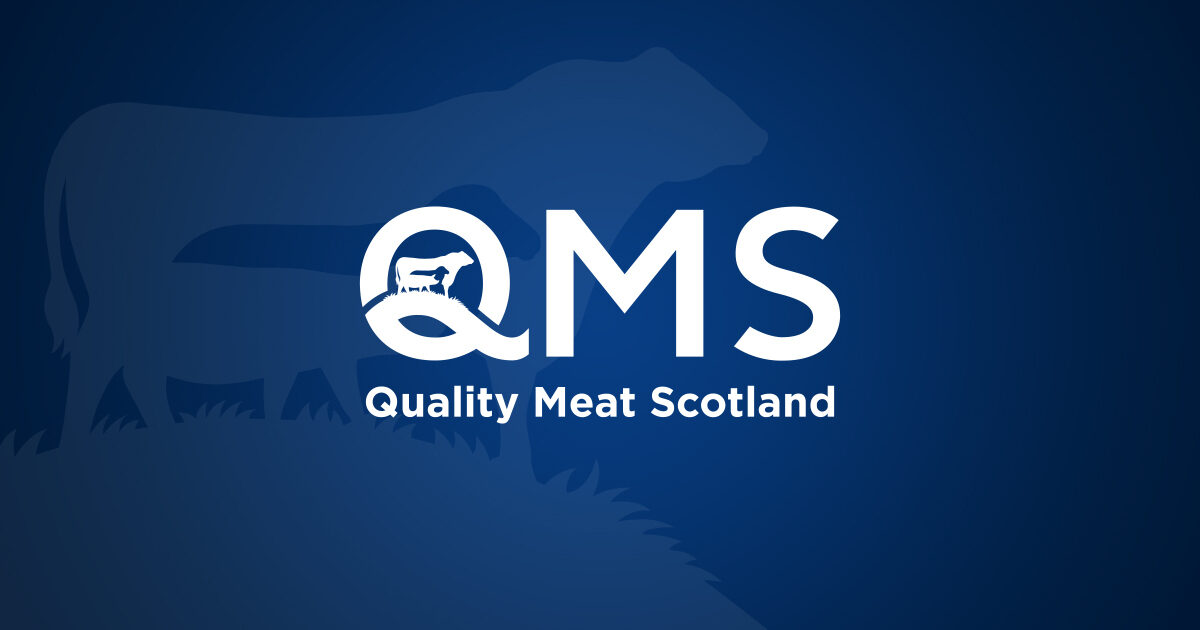Genetic Gain in the Essie Flock – CT Scanning, Genomic
Gain, and Market Payoff
By
Emma McGowan, Genetics Specialist, QMS
The
Essie flock provides a compelling example of how combining traditional
selective breeding with cutting-edge genetic technologies drives real
improvements both on-farm and in the marketplace. Since 1989, the flock has
been meticulously recording weights and pedigree information through Signet
genetic services, supported by Quality Meat Scotland (QMS). Initially an
average Suffolk flock in a competitive UK market, the Essie team in the
North-east of Scotland focused on differentiating themselves by prioritising
traits that matter most to their customers—growth rate and carcase
conformation.
Selective
breeding within the flock has resulted in lambs finishing over twenty days
faster than those from the early 1990s. This accelerated finishing time not
only reduces production costs but also lowers the environmental impact, as
animals reach market weight more efficiently. While selecting for growth rate
may seem straightforward by choosing larger lambs, improving carcase traits
such as muscle depth and yield is more complex. The flock’s use of advanced
tools like ultrasound and CT scanning has allowed significant improvements in
these traits. The muscle depth across the loin has increased by nearly two
millimetres at a fixed sale weight, and potential carcase yield has risen by
0.8 kilograms. Remarkably, the same muscle depth once achieved by lambs
weighing between 65 and 75 kilograms can now be reached at just 40 kilograms,
enabling earlier marketing with excellent conformation.
These
genetic improvements have translated into tangible market benefits, with
Essie-sired lambs estimated to command around five pounds more per head
compared to the average Suffolk lamb. This added value reflects the higher
quality and efficiency bred into the flock.
Beyond
selective breeding, genomic testing has played a vital role in accelerating
genetic gain. All stock rams are genotyped through the Suffolk Sheep Society,
and QMS supports genotyping and CT scanning for the flock’s ewes. This genomic
profiling significantly enhances the accuracy of breeding values, increasing it
by 10 to 20 points depending on the trait. Higher accuracy enables breeders to
identify elite breeding stock with greater confidence and speed, thereby
fast-tracking improvements in economically important characteristics.
The
success of the Essie flock highlights the powerful synergy between data-driven
selective breeding and genomics. Together, they deliver faster, more
cost-effective genetic progress that boosts commercial returns, improves animal
efficiency, and reduces environmental impact. This journey demonstrates that
even small, consistent steps in selective breeding—guided by precise data and
modern technology—can generate substantial long-term benefits for breeders and
the wider industry.
Read
more here – https://s3.eu-west-2.amazonaws.com/quality-meat-scotland/documents/Topic-Sheet-Genetic-Gain-in-the-Essie-Flock.pdf
